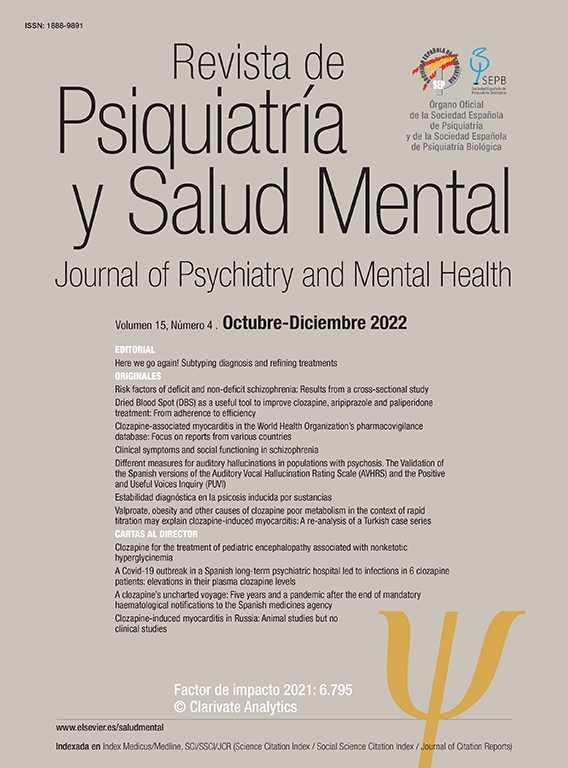The scale The Yale Food Addiction Scale Children (YFAS-c) is the first measure designed to evaluate food addiction in children. However, this tool is not adapted to the Spanish language.
Material and methodsA translation, adaptation and methodological validation of the YFAS-c tool into the Spanish language is carried out. Initially, the scale is translated and adapted through blinded and independent translators, estimating their adaptability and agreement (Cohen's Kappa). Subsequently, the questionnaire is submitted to a committee of experts to evaluate the cultural suitability, representativeness and face and content validity using the content validity ratio (CVR), its version modified by Tristán (CVR’) and the Content Validity Index (CVI). Finally, linguistic comprehension is evaluated in a target sample using the Chi-square test.
ResultsDifficulty in cross-cultural adaptability of the questionnaire among translators was low (mean: 1.96, DE: 1.40; Kappa agreement: 0.32, P=.01). The evaluation of the tool by the expert committee obtained high indices: clarity (n=0.83), precision (n=0.83), comprehension (n=0.84) and content relevance (n=0.83). Of the total of 25 items, only one item presented difficulties in understanding by age groups (P=.02).
ConclusionsA validated version, translated and adapted to the Spanish language (S-YFAS-c) has been obtained that will be able to evaluate food addiction in Spanish-speaking children.
Artículo
Comprando el artículo el PDF del mismo podrá ser descargado
Precio 19,34 €
Comprar ahora












